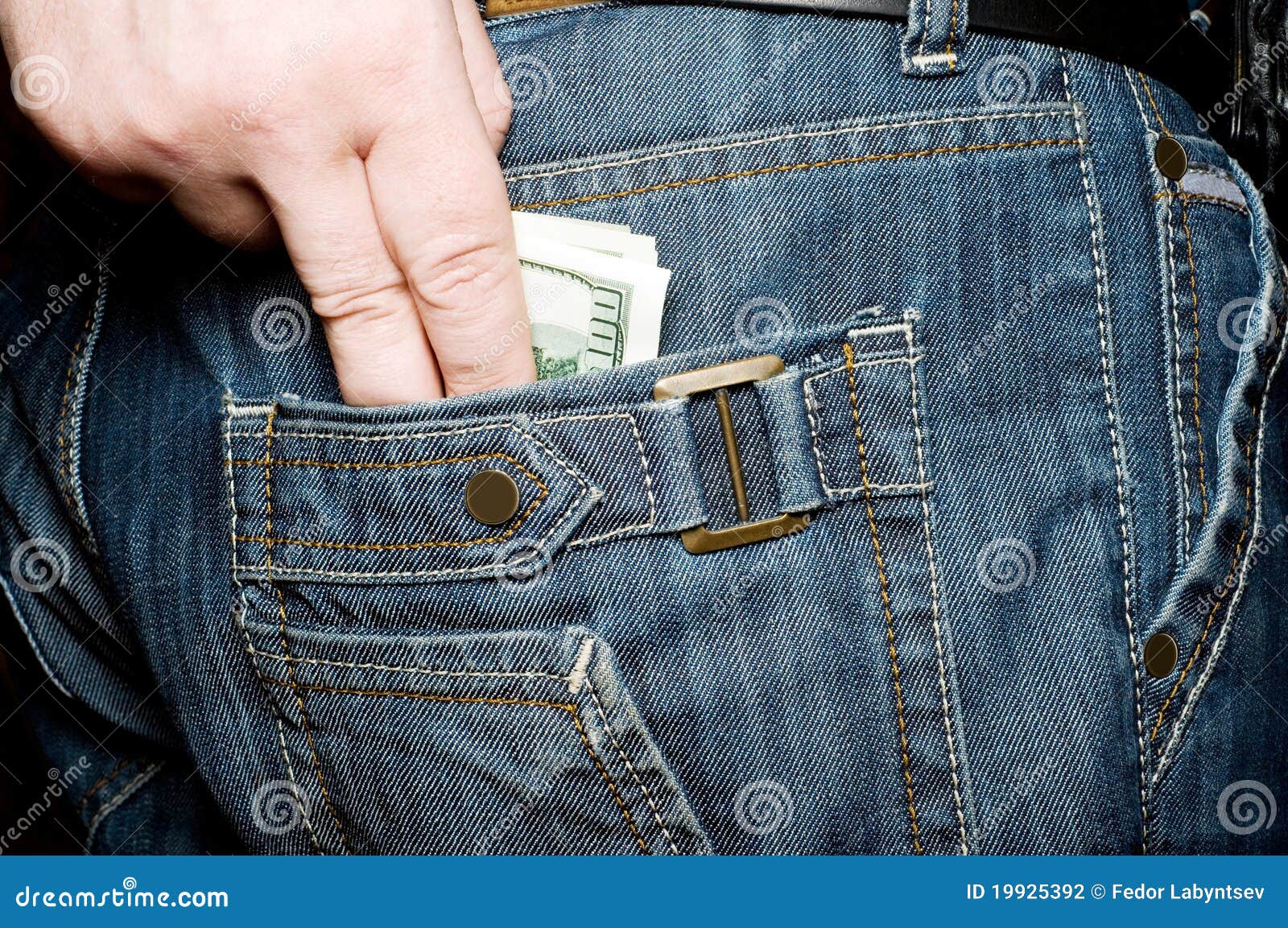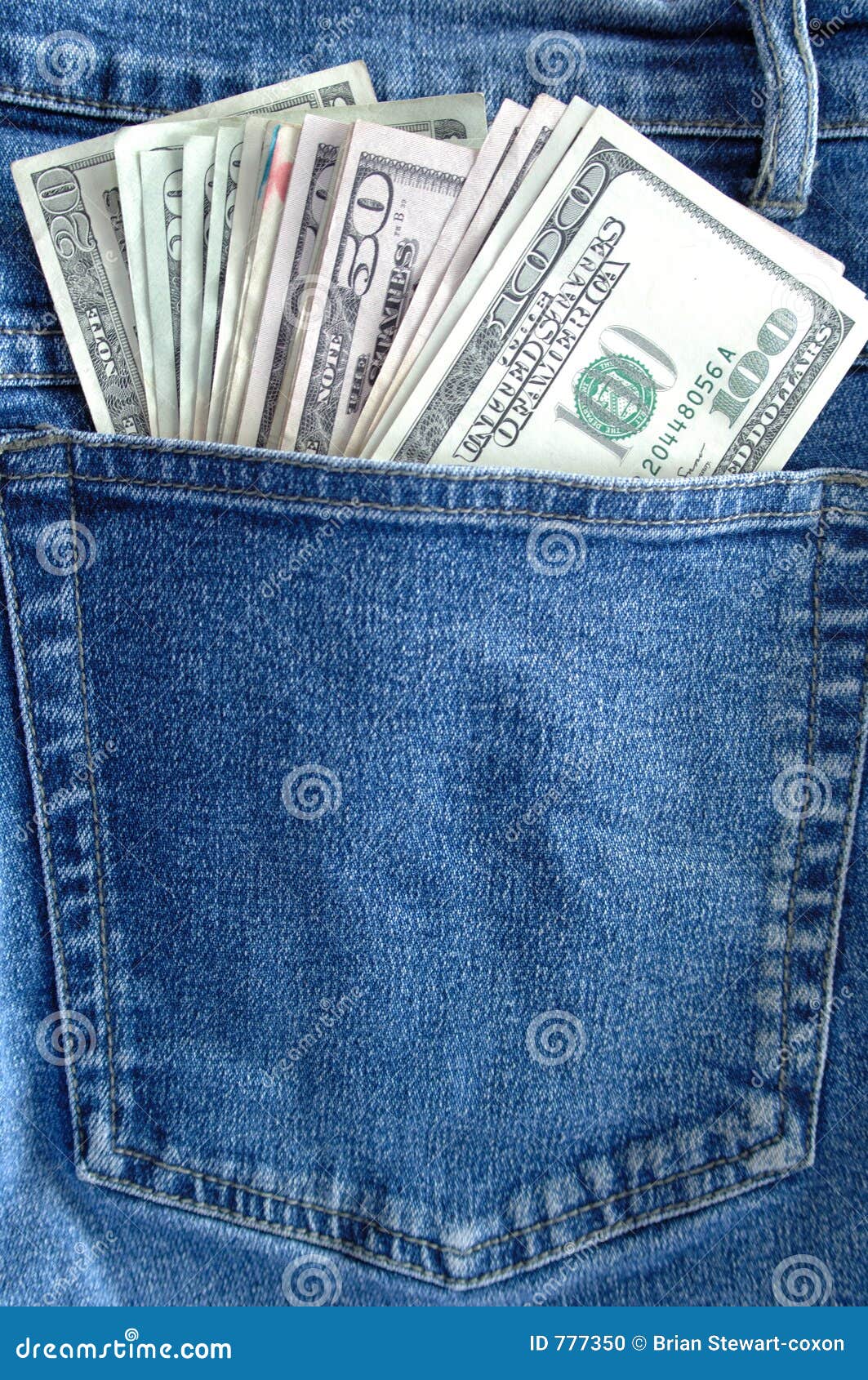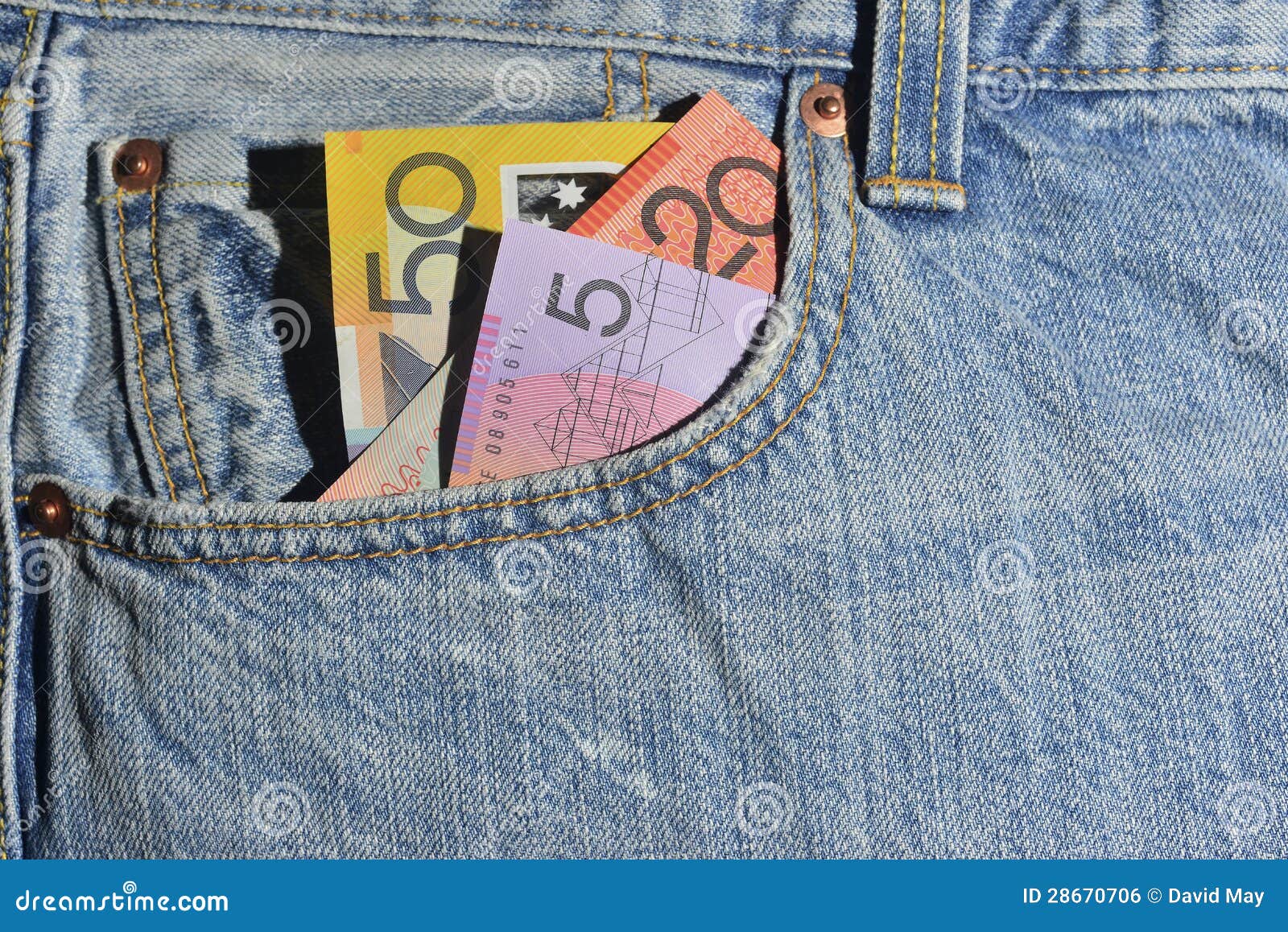

Teach kids to set goals and think about whether they want an item before parting with their money. Remember that the child in your care does not have to pay for living essentials like clothes and toiletries these are covered by the Care Allowance.


Help them see the benefits of saving for a goal. Your child or young person’s savings belong to them and their savings account should be in their own name. You may need certain identification documents to set up the account your caseworker can help you locate these. Encourage kids to set up a bank account and use it to save their pocket money, birthday money or earnings from a part-time job. When you think they’re old enough, show your child some money management basics such as how to budget, spend, save and establish good money habits for life. Helping kids develop good financial skills from an early age prepares them for the financial challenges of adulthood. not be used as a form of discipline or punishment.not interfere with school, family, play, family contact and other activities.instill a sense of pride, achievement and self-confidence.provide an opportunity for you to work alongside the child or young person and praise them for a job well done to help.be rotated to provide a variety of experiences that help develop a range of skills.consist of simple tasks they can do successfully, increasing in complexity as their skills increase.be appropriate for their age and level of physical and intellectual development.

The types of chores you give to a child or young person should: Helping out around the house helps kids feel even more connected to the family.Children shouldn’t expect to be paid for this type of work. From the age of five, they can help with tasks like setting the table for a meal, making their bed or helping to tidy up around the house. Giving kids chores helps them gain life skills and a sense of responsibility. Payment of pocket money should not be linked to the child or young person performing unreasonable duties. These costs are covered by the Care Allowance. Pocket money is not to be used by the child or young person to cover the cost of meeting their basic needs such as clothing, toiletries, food or bedding. For a 13-year-old child, for example, this equals $13 in pocket money a week. Typically, parents and carers give their children $1 for each year of their age, each week. The Care Allowance is intended to cover pocket money. It helps promote a sense of independence and, through experience, teaches kids how to make responsible financial decisions. Getting pocket money helps a child or young person learn the value of money, how to use it and how to save it to buy something they really want.


 0 kommentar(er)
0 kommentar(er)
